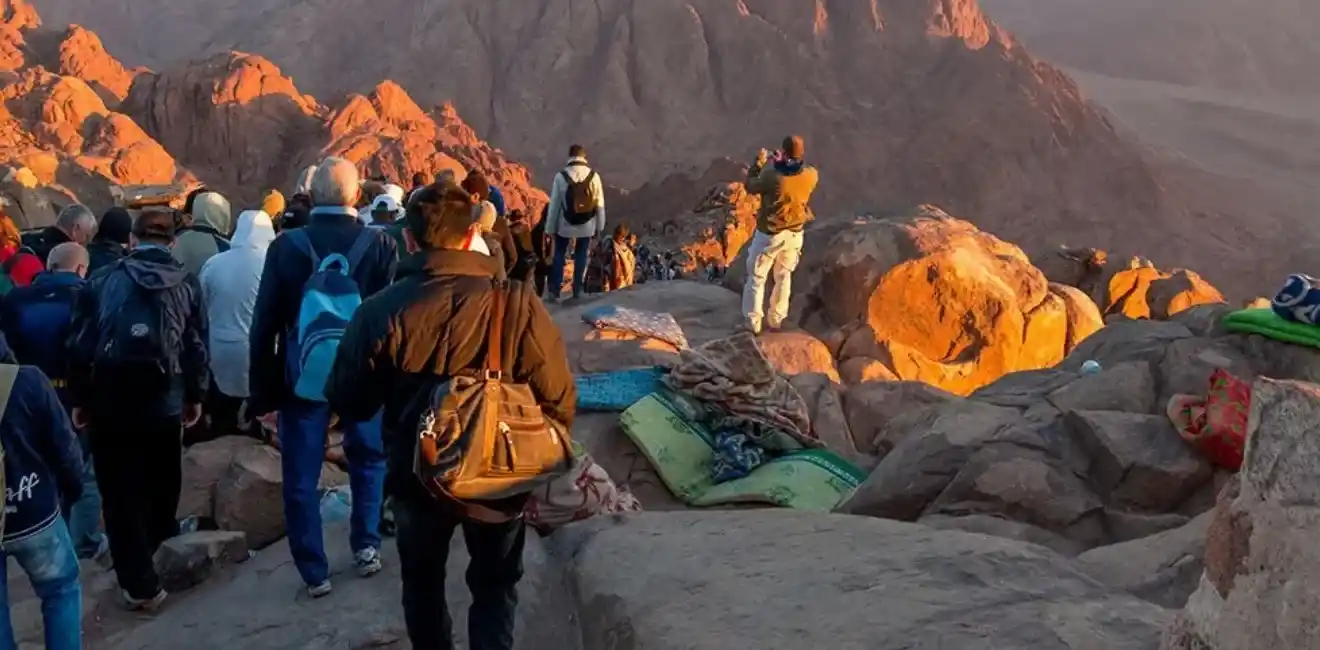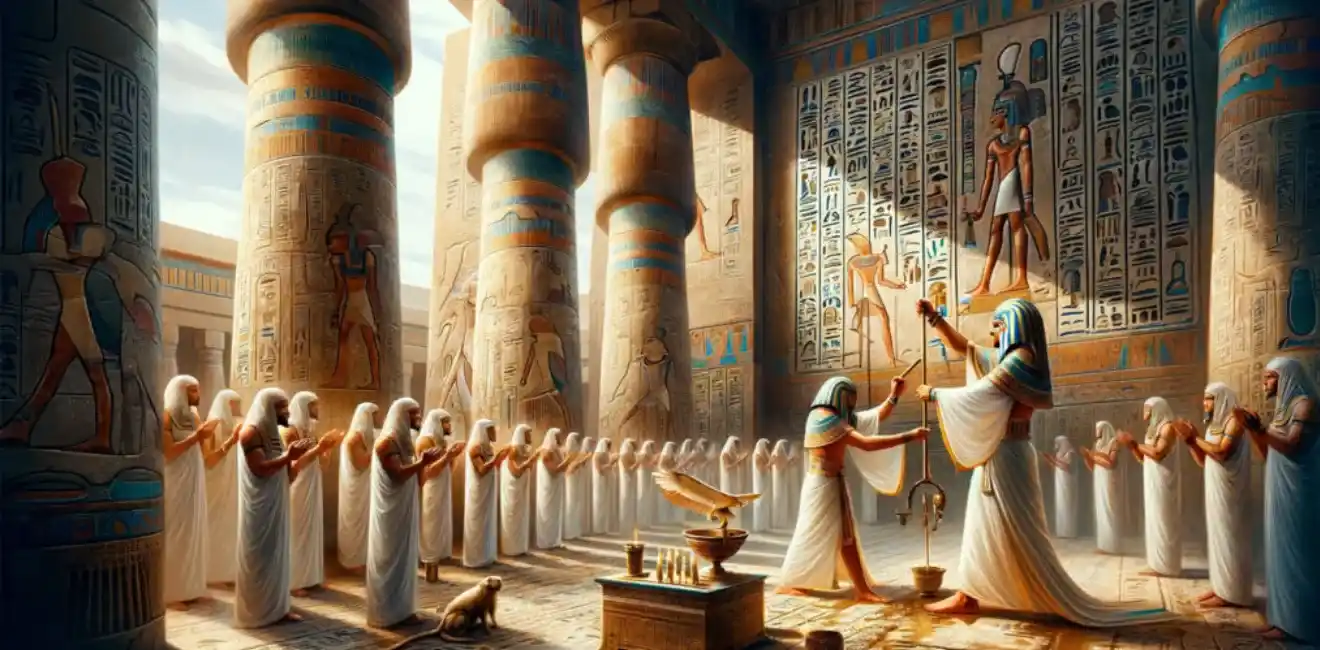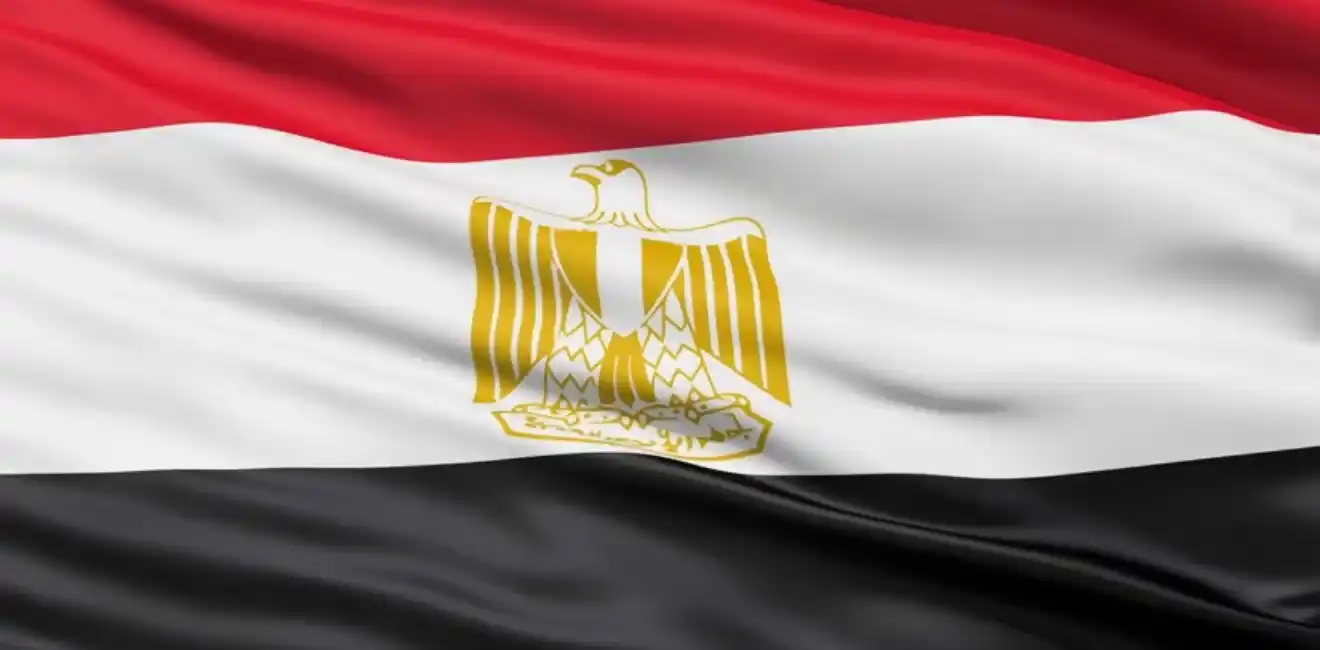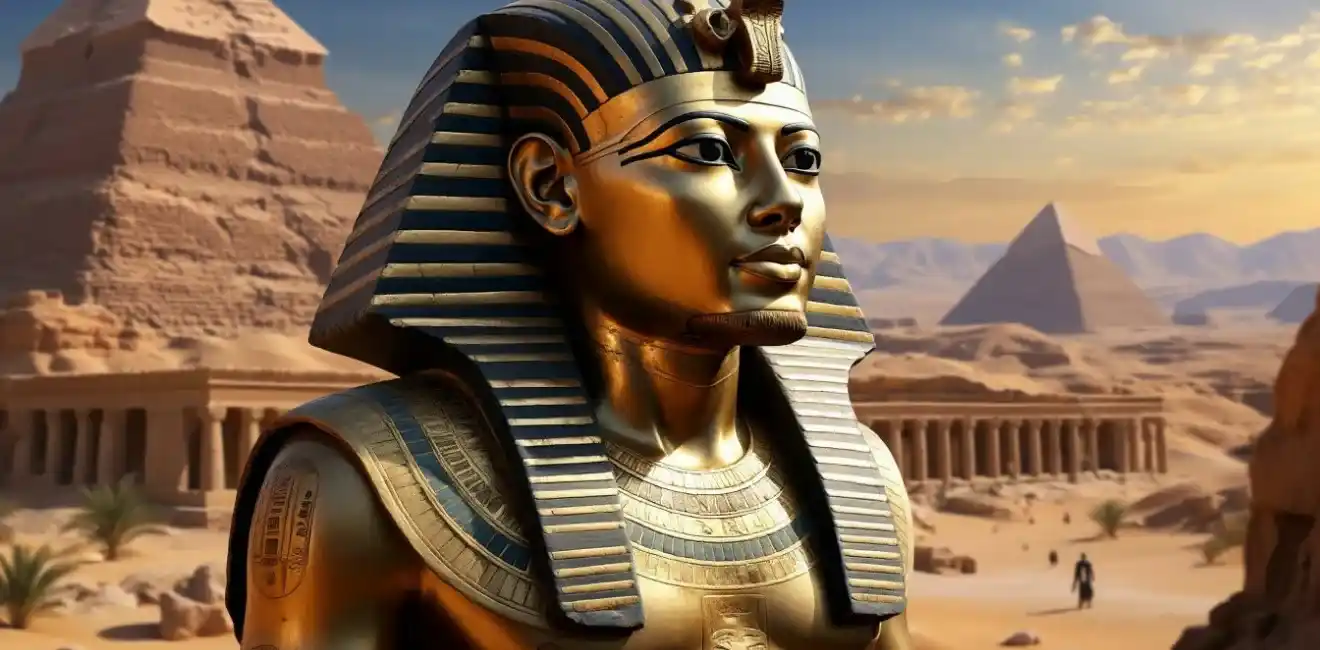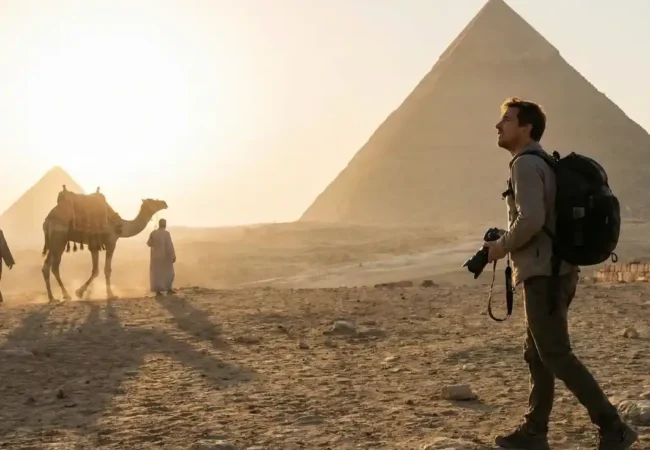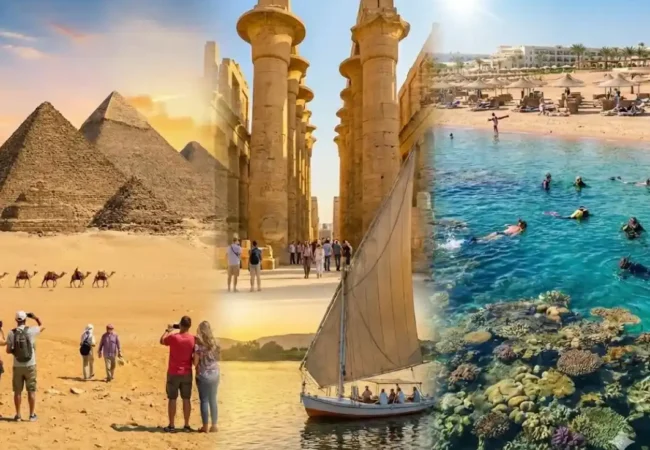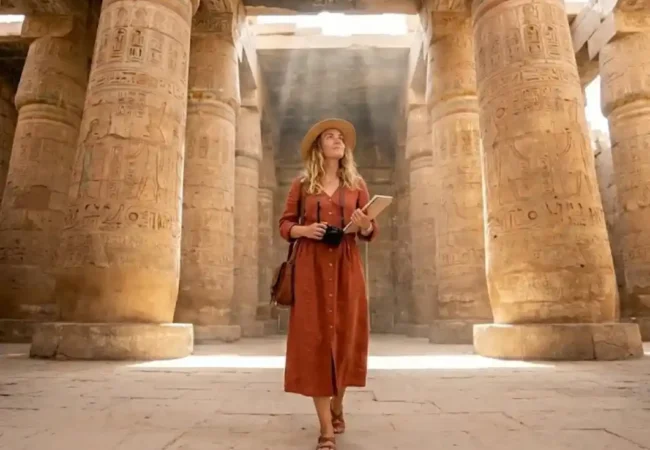
Seti I Family Tree Exploring Best Ancient Egyptian Pharaohs
Seti I Family Tree The ancient History of Egypt is Really mysterious and captivating, but the secrets of the history still largely Undiscovered. One topic that has been fascinating and Mysterious for many researchers and archeologists in recent years is the family tree of Ancient Egyptian Pharaohs, Especially King Seti I Family Tree.
This Blog Post from EgyptaTours offers a comprehensive look at the fascinating history of Pharaoh Seti I and his years of reign. Join us as we explore this incredible Era and uncover the mysteries behind this Unique ruler’s Seti 1 family tree!
Introduction to Seti I family tree

King Seti I, one of Egypt’s prominent pharaohs from the 19th Dynasty, came from a powerful lineage that maintained Egypt’s stability and expansion. Seti I, the son of Pharaoh Ramses I, ruled from 1290 to 1279 BCE, during a time of military campaigns and restoration of Egypt’s former glory.
His family is deeply connected to the legacy of the New Kingdom. Seti I’s son, Ramses II, would go on to become one of the greatest pharaohs in Egypt’s history. Seti I’s reign is well-remembered not only for his military successes, including campaigns against the Hittite Empire, but also for his architectural contributions.
One of the most significant is the Temple of Seti at Abydos, a masterpiece of ancient Egyptian architecture, dedicated to Osiris and the pharaoh’s divine lineage. This temple was later admired by notable individuals, including Sir John Soane, the famous British architect, whose work was influenced by classical antiquities, including Egyptian monuments.
The King Seti I was the second ruler of 19th dynasty of the Egyptian Kingdom. He Was the Ruler and The King for about 13 years, from 1290 to 1279 BCE. Seti I was born in Menes city, in the Nile Delta. His father was the Pharaoh Ramses I, who was the Founder of the 19th dynasty, and his mother was Queen Sitre (“Daughter of Re”).
Seti I Was Very Tall Man, over six feet tall. He had a long nose and high cheekbones. He wore a beard and was balding by the time he became king.
Seti I married From Queen Tuya, and they had two sons: Pharaoh Ramses II (who succeeded him as king) and Amun-her-khepeshef. He also had a daughter, Tiaa.
Seti I expanded the empire of Egypt into Syria, and he had many battles against against the Hittites in Anatolia. He also initiated extensive building projects in Egypt, including temples at Karnak and Luxor and statue of Seti. The most famous is probably the Temple of Abydos, dedicated to Osiris, which contains reliefs with texts that provide us Many More information about Egyptian history and religion.
Facts About Seti I Family Tree and His Dynasty
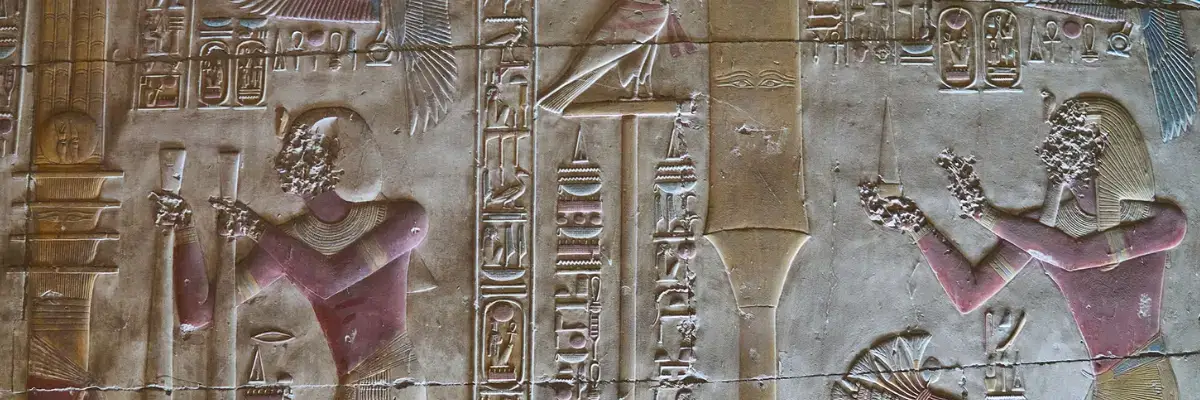
- Seti was the second Pharaoh of the 19th dynasty Egyptian Old Kingdom.
- Seti I Ruled for about 12 years.
- He was the son of Ramesses I and Queen Tuya, and the father of Ramesses II.
- Seti I was focused on increasing the power of Egypt domestically and abroad.
- He Understrength a major building program, including the construction of a new capital at Avaris.
- Seti also sent military Campaigns to Canaan and Nubia, and he Broadcasted Egyptian trade with Syria and Libya.
- In terms of domestic policy, Seti I Reformed the system of Regulations and increased royal control over the administration of justice.
- He also centralized power by appointing his sons to key positions in the government.
- Seti died in 1279 BC, and was succeeded by his son Ramesses II.
Other Pharaohs in Seti I’s Lineage

Ramesses II, also known as Ramesses the Great, was the third King of the Nineteenth Dynasty of Egypt. He is often Known as the greatest, most Famous, and most powerful pharaoh of the Egyptian Empire. His successors and later Egyptians called him the “Great Ancestor”.
Seti I Family Tree. Father of seti was Ramesses I, who became king in 1279 BC. Mother of Seti I was Queen Sitre (“Daughter of Re”), who was likely a royal consort from another dynasty. Seti had at least two brothers: Amun-her-khepeshef and Khaemwaset. As for his sisters, we know very little information about them other than their names: Merneptah, Henuttawy, and Isis-Meritaten. Merneptah later succeeded Seti I as pharaoh.
Seti fathered at least twelve sons and twelve daughters only four of his sons and one daughter’s reached adulthood: Amenhotep III, Ramesses II, Merneptah, Isetnofret II and Bintanath. All of Seti’s other children died young or were outlived by their parents.
Seti I Family Tree
The Seti I family Tree was an important dynasty of pharaohs that ruled ancient Egypt during the New Kingdom period, from approximately 1294 BCE to 1279 BCE.
Seti I was the second pharaoh of this dynasty and is known for his military campaigns in Libya and Syria, as well as his impressive architectural achievements, including the construction of the Great Hypostyle Hall at the Karnak Temple complex in Luxor.
Seti I was succeeded by his son Ramesses II, who is arguably the best-known pharaoh of the New Kingdom period. The Seti I family played an important role in shaping the history and culture of ancient Egypt, leaving behind a legacy that continues to fascinate and inspire people today.
Seti I grandchildren
Seti I grandchildren, also known as Sety I, was a pharaoh of ancient Egypt who ruled from around 1290 BC to 1279 BC. He was a prominent ruler of the New Kingdom’s 19th Dynasty. Seti I Family Tree had several children, and among his descendants were some notable figures, including his grandson Ramesses II, also known as Ramesses the Great.
Ramesses II is one of the most famous pharaohs in Egyptian history and is often regarded as one of the greatest. He ruled for an extended period, from around 1279 BC to 1213 BC, and is known for his military campaigns, monumental building projects, and the Battle of Kadesh against the Hittites.
While specific information about all of Seti I’s grandchildren may not be readily available, Ramesses II stands out as the most renowned among them. If you have more specific questions or if you’re looking for information on other descendants of Seti I Family Tree, please let me know.
| Category Name |
|---|
| Alexandria Tour Packages |
| Cairo Short Breaks |
| Day Tours |
| Egypt Honeymoon Packages |
| Egypt Travel Packages |
| Luxor Short Breaks |
| Nile Cruises |
The Legacy of Seti I’s Son, Ramesses II
Seti I’s most famous descendant was his son, Ramesses II, one of Egypt’s greatest and longest-reigning pharaohs. After Seti’s death, Ramesses II not only inherited his father’s throne but also continued his work, completing many of Seti’s unfinished projects. This includes the Tomb of Seti in the Valley of the Kings, which is considered one of the most elaborate and beautifully decorated tombs in Egypt. Though Seti I’s death occurred before its completion, his son ensured that the tomb was finished in all its splendor. The intricate reliefs and texts in the tomb illustrate Seti’s journey through the afterlife, his devotion to the gods, and the grandeur of his reign.
Tomb Robbers and Seti I’s Mummy
Despite the magnificence of the Tomb of Seti, it was not immune to the plundering of tomb robbers that plagued many of the royal burials in the Valley of the Kings. Seti’s mummy was eventually removed from its original resting place to protect it from theft and desecration.
Rediscovered in the Deir el-Bahri cache in 1881, the Mummy of Seti I was found remarkably well-preserved, showcasing the embalming techniques that the ancient Egyptians had perfected.
The Religious Devotion of Seti I
Seti I’s reign was not just marked by military and political feats but also by his devotion to the gods, particularly Amun, one of the most powerful deities in Egyptian religion. His dedication is immortalized in the Temple of Amun at Karnak, where Seti commissioned grand halls and carved walls to honor the god.
The temple remains one of the most significant religious structures from ancient Egypt.
Exploring the Seti I Family Tree: FAQ
Who was Seti I Egypt?
Seti I was a Pharaoh of Ancient Egypt’s 19th Dynasty, known for his military campaigns and construction projects. Seti I ruled from around 1294 to 1279 BC.
Who were Seti I Family Tree?
Seti I was the son of Pharaoh Ramesses I and Queen Sitre. His father founded the 19th Dynasty, setting the stage for Seti’s reign.
Did Seti I have siblings?
Historical records suggest Seti I had a brother named Nebchasetnebet, though information about him is limited.
Who was Seti I’s wife?
His wife was Queen Tuya. She was an important figure in the royal court and mother of his children.
How many children did Seti I have?
Seti I had at least three known children: Ramesses II, Tia, and Henutmire. Ramesses II became one of Egypt’s most famous pharaohs.
What is Ramesses II’s significance in Seti I’s family tree?
Ramesses II, Seti I’s son, is one of the most celebrated Pharaohs of Egypt. His long reign marked a period of prosperity, massive building projects, and military expansion.
Were there significant achievements during Seti I’s reign?
Yes, Seti I is credited with restoring order after the chaotic reign of Akhenaten and increasing Egypt’s power through successful campaigns in the Levant, Libya, and Nubia.
Are there any famous monuments associated with Seti I Family Tree?
Seti I commissioned several projects, including an elaborate tomb in the Valley of the Kings and the impressive temple at Abydos.
How is Seti I regarded in Egyptian history?
Seti I is seen as a key ruler who revitalized Egypt after the turmoil of the 18th Dynasty’s end, setting a strong foundation for future pharaohs.
-
The Natural Places of Egypt

Egypt is famous for a unique diversity of natural places that look like a beautiful painting, captivating the eye of everyone who sees them. Each place has its own special beauty, from the Nile River, which is the lifeline, to the magic of the Red Sea beaches, to Sinai and its majestic mountains like Mount…
-
Ancient Egyptian Priests

Ancient Egyptian priests enjoyed a prestigious status, as the ancient Egyptians integrated daily life with religion. The priests represented a sacred link between the gods and humans. They were the guardians of the temples and the ones who interpreted the will of the gods. They were also deeply knowledgeable in the sciences of astronomy, medicine,…
-
Egypt Flag

The Egypt flag contains colors and an eagle, and each of them has a specific indication and sign. It expresses pride, dignity, and independence after Egypt was subjected to a lot of colonialism. This flag was not in the form that we see now, but it has evolved a lot over the ages. In this…
-
Ancient Egyptian Goddess of Fertility

The ancient Egyptian goddess of fertility is one of the most important symbols of life, growth, and continuity, according to the beliefs of the ancient Egyptians. It was believed that they had a great role in fertility, whether in agriculture or human reproduction from birth and motherhood. One of the most famous fertility deities is…
-
The Most Famous Rulers of ancient Egyptian Pharaohs

The Egyptian civilization is one of the greatest civilizations known to history, and this honorable history was contributed to by the Pharaoh rulers who left a wonderful mark in every corner of it. They left luxurious monuments such as temples and pyramids. Each king was distinguished by achieving unique accomplishments that contributed to the prosperity…


